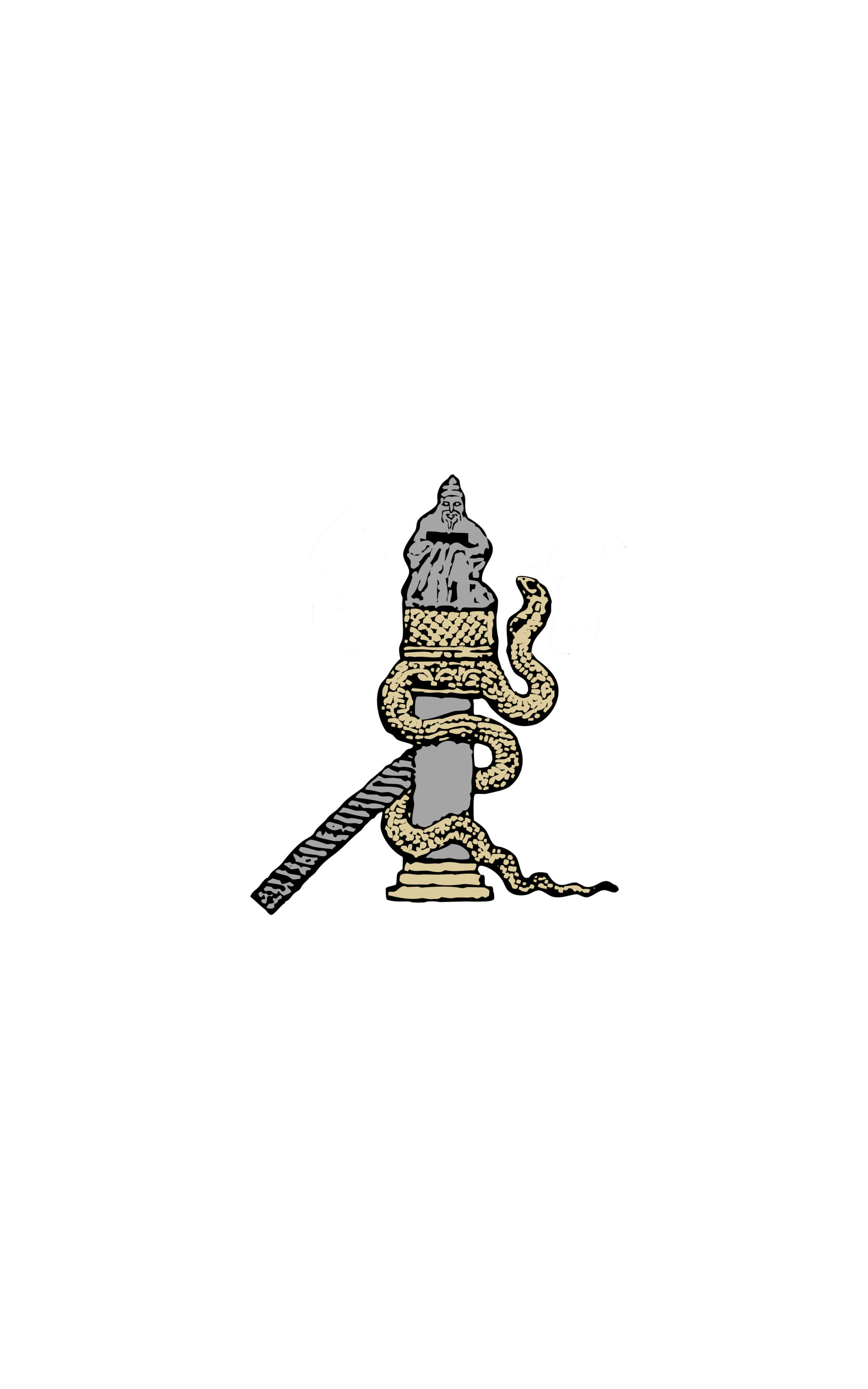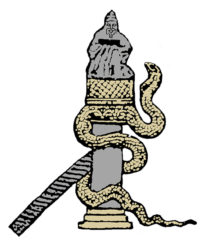1) Byzantium as a key player in the relationship between East and West, A.D. 330 -1453
Byzantium can be seen as a leading catalyst in the political, cultural, economic and religious exchange between East and West, to be detected in the relationship both between Byzantium and Latin Western Europe and Byzantium and the Islamic world.
We especially welcome the papers on this theme to include analyses on
(a) Agents of exchange such as rulers, bishops, popes, diplomats, pilgrims, writers or artists
(b) Objects of transcultural encounter and transfer such as, (religious) monuments, texts (hagiography, historiography, liturgical texts, travel accounts) decorations, liturgical objects, relics or diplomatic gifts.
These agents and objects can be regarded as part of the larger historical context within which Europe took shape in the Middle Ages and beyond.
2) The position of Byzantine heritage, 7th Century – present day
The definite end of the Byzantine Empire is marked by the conquest of Constantinople by the Ottomans in 1453. Through its history, however, the dimension and identity of the Empire was not one identical continuum. In different phases of development (Arab conquests, iconoclasm, Crusaders period) Byzantine monuments and artefacts were appropriated or under threat, a phenomenon that continued after the Ottoman conquest.
We especially welcome the papers on this theme to include analyses on:
(a) Appropriation and transformation of Byzantine heritage (objects, monuments, cities)
(b) Display of Byzantine heritage in Museum Collections
(c) Preservation and restoration of Byzantine heritage
(d) Byzantine heritage under threat
Abstracts, no more than 400 words, can be submitted d.slootjes@let.ru.nl and m.verhoeven@let.ru.nl before the 1st of December, 2015.

